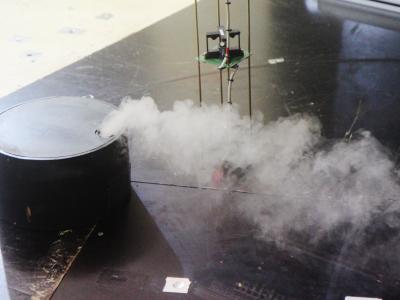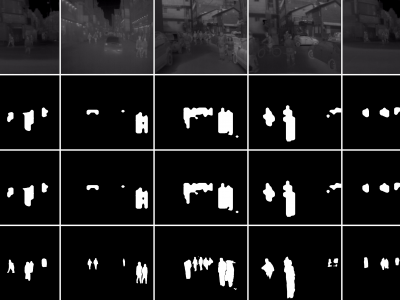Signal Processing

The integration of uncrewed aerial vehicles (UAVs)
with fifth-generation (5G) cellular networks has been a prominent
research focus in recent years and continues to attract significant
interest in the context of sixth-generation (6G) wireless networks.
UAVs can serve as aerial wireless platforms to provide on-demand
coverage, mobile edge computing, and enhanced sensing and
communication services. However, UAV-assisted networks present
new opportunities and challenges due to the inherent size, weight,
- Categories:
 187 Views
187 ViewsWe developed a unique and valuable dataset specifically for advancing Brain-Computer Interface (BCI) systems by recording brain activity from a dedicated volunteer. The participant was asked to pronounce 100 carefully selected Malayalam words, along with their English translations, which were chosen for their relevance to astronauts during human space missions. The volunteer pronounced these words both vocally and subvocally, each word being repeated 50 times. Non-invasive Electroencephalography (EEG) sensors were employed to capture the brain activity associated with these tasks.
- Categories:
 726 Views
726 Views
After loading the MAT file (as in MATLAB with the load function), there are three variables (matrices): amplitude_complex_T1, amplitude_complex_T2, and amplitude_complex_info.
The headers of the data are stored in the amplitude_complex_info variable. Each row (with a length of 48) represents the data header of a pulse echo, with each position in the row representing a specific meaning as shown in the table. Each row of the amplitude_complex_info variable corresponds to each row in the amplitude_complex_T1 and amplitude_complex_T2 variables.
- Categories:
 94 Views
94 Views
As the world increasingly becomes more interconnected, the demand for safety and security is ever-increasing, particularly for industrial networks. This has prompted numerous researchers to investigate different methodologies and techniques suitable for intrusion detection systems (IDS) requirements. Over the years, many studies have proposed various solutions in this regard, including signature-based and machine learning (ML)-based systems. More recently, researchers are considering deep learning (DL)-based anomaly detection approaches.
- Categories:
 346 Views
346 Views
The present numerical work combines gain switching and external optical feedback to generate pulses with a high level of coherence across a large array of semiconductor lasers. The influence of several parameters such as modulation frequency, feedback strength and frequency detuning is analyzed and this dataset gathers the temporal traces generated with our code, that is adapted from the Lang-Kobayashi model to take into account decayed coupling in an array of lasers.
- Categories:
 101 Views
101 Views
This dataset contain the pulse responses of the Sallen-Key bandpass filter circuit and the amplifier board circuit. The test excitation is a 10 us pulse signal with an amplitude of 5 V and a frequency of 5 kHZ that exhibits abundant frequency components. By observing the pulse response, the sampling frequency is set to 5 MHz and the number of sampling points for each sample is fixed at 1000 in Case 1. PSPICE is applied for circuit simulation to set up the circuit fault according to the range of fault component parameter values.
- Categories:
 121 Views
121 ViewsThese are tight pedestrian masks for the thermal images present in the KAIST Multispectral pedestrian dataset, available at https://soonminhwang.github.io/rgbt-ped-detection/
Both the thermal images themselves as well as the original annotations are a part of the parent dataset. Using the annotation files provided by the authors, we develop the binary segmentation masks for the pedestrians, using the Segment Anything Model from Meta.
- Categories:
 650 Views
650 ViewsWe used the recording data of four marine mammals from 1940 to 2000 provided by the Watkins Marine Mammal Sound Library, namely 'Killer Whale', 'Humpback Whale', 'Pilot Whale', and 'Bottlenose Dolphin'. This sound library provides researchers with three options for experimental use: selected clips, complete clip sets, and original tapes [39]. This paper relies on selected clips. This part of the data further shows the wide applicability of our model because it covers different time periods, geographical locations, and recording equipment.
- Categories:
 299 Views
299 ViewsAbstract—In recent years, there has been a significant advancement
in the field of healthcare systems with the introduction
of fifth generation cellular communications and beyond (5GB).
This development has paved the way for the utilization of
telecommunications technologies in healthcare systems with an
level of certainty, reaching up to 99.999 percent. In this paper,
we present a novel task computing framework that can address
the requirements of healthcare systems, such as reliability. In
- Categories:
 323 Views
323 Views


